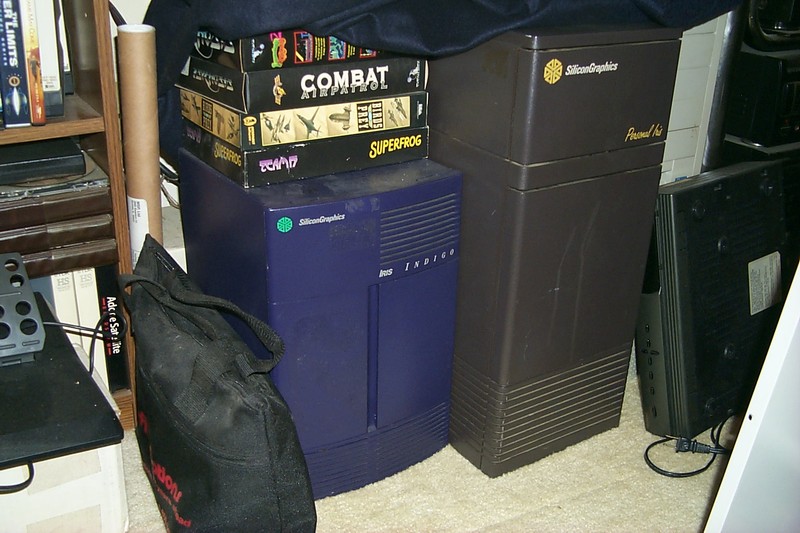- Joined
- Aug 20, 2006
- Messages
- 13,000
Intel has started shipping its latest Itanium 9700 chip, code-named Kittson, but it’ll be the last of its kind. This line has been around for nearly 16 years but has led a pretty troubled history, so here we are with its demise. The final Itanium is merely an incremental upgrade that will be mainly used by HP in some of its servers. Now, the focus is all on Xeon.
Support for Itanium has dwindled over the past decade, which has led to its gradual death. Server makers stopped offering hardware, software development stalled, and Intel has been openly asking customers to switch to x86-based Xeon chips. The Itanium 9700 is an incremental upgrade to the previous chips, code-named Poulson, and is targeted at high-end servers running Unix. The only major customer for Itanium remains Hewlett Packard Enterprise, which is upgrading its Integrity i6 high-uptime servers with the new chips. The servers provide rock-solid stability and run on Unix-based HP-UX.
Support for Itanium has dwindled over the past decade, which has led to its gradual death. Server makers stopped offering hardware, software development stalled, and Intel has been openly asking customers to switch to x86-based Xeon chips. The Itanium 9700 is an incremental upgrade to the previous chips, code-named Poulson, and is targeted at high-end servers running Unix. The only major customer for Itanium remains Hewlett Packard Enterprise, which is upgrading its Integrity i6 high-uptime servers with the new chips. The servers provide rock-solid stability and run on Unix-based HP-UX.
![[H]ard|Forum](/styles/hardforum/xenforo/logo_dark.png)


